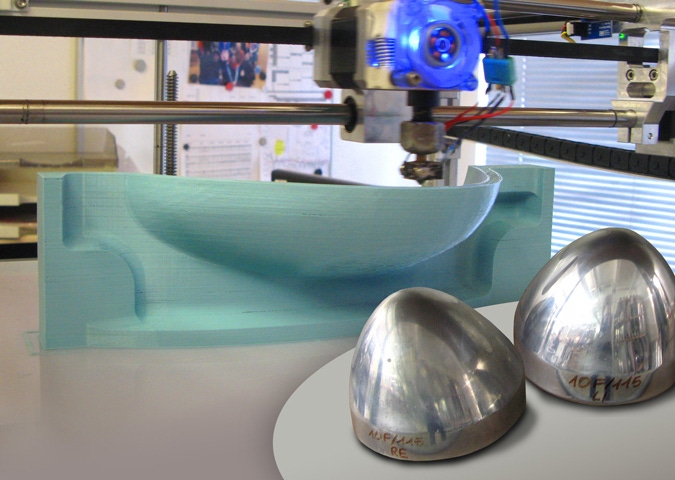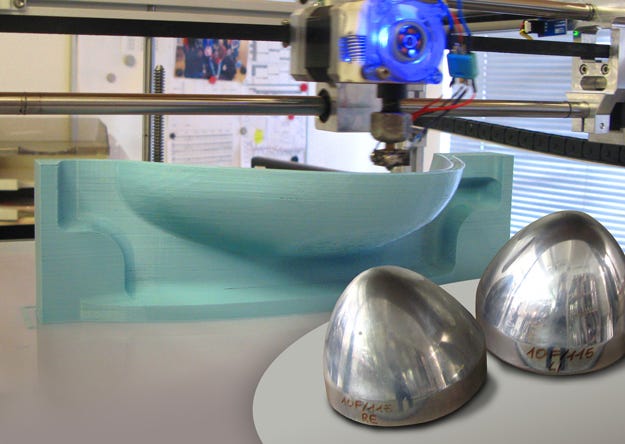Breast prosthesis company switches to 3D-printed molds; slashes development costs 50%
We have frequently reported on the potentially disruptive nature of 3D printing in relation to conventional manufacturing technologies, and one more example just landed in the PlasticsToday inbox. Anita Dr. Helbig GmbH (Brannenburg, Germany), a manufacturer of bodices, swimwear and breast prostheses, is using a 3D printer from German RepRap (Feldkirchen, Germany) to produce molds for breast forms. By using this technology for product and tooling development, the company reportedly was able to slash development costs in half.
April 7, 2015

We have frequently reported on the potentially disruptive nature of 3D printing in relation to conventional manufacturing technologies, and one more example just landed in the PlasticsToday inbox. Anita Dr. Helbig GmbH (Brannenburg, Germany), a manufacturer of bodices, swimwear and breast prostheses, is using a 3D printer from German RepRap (Feldkirchen, Germany) to produce molds for breast forms. By using this technology for product and tooling development, the company reportedly was able to slash development costs in half.

Traditionally, a wooden template was used to create a fiber-glass prototype, says the company. This was then mirrored in a manual process that took 14 days to create an aluminum mould into which the silicone is poured. However, "the two sides of the mold were never absolutely identical," explains Georg Weber-Unger, Managing Director. Now, Anita Dr. Helbig creates the mold using CAD software, which instantly mirrors and prints the form. The original aluminum mold is 3D scanned, and the images are stitched together and then touched up within the software. The printer software, called Slicer, converts the CAD files into the G-code format readable by the 3D printer. Within a few hours, a positive copy of the tool has been printed.
Anita Dr. Helbig GmbH only prints with polylactic acid (PLA), a biodegradable thermoplastic polyester with high tensile strength. The PLA model is cast with sand and a foundry turns the resulting casting mold into a new aluminum tool. No milling is required. The savings are significant: "The new process saves us about 50% of development costs," says Weber-Unger.
German RepRap is one of Germany's leading makers of 3D-printing systems using fused deposition modeling. Its X400 3D printer, which is being used by Anita Dr. Helbig, is a large-capacity system for industrial applications. Since that model's introduction in 2012, the company has expanded its product line, including the large-scale X1000, which was covered in PlasticsToday in September 2014, and other systems for professional users in product development, prototyping, mold and model making.
About the Author(s)
You May Also Like




